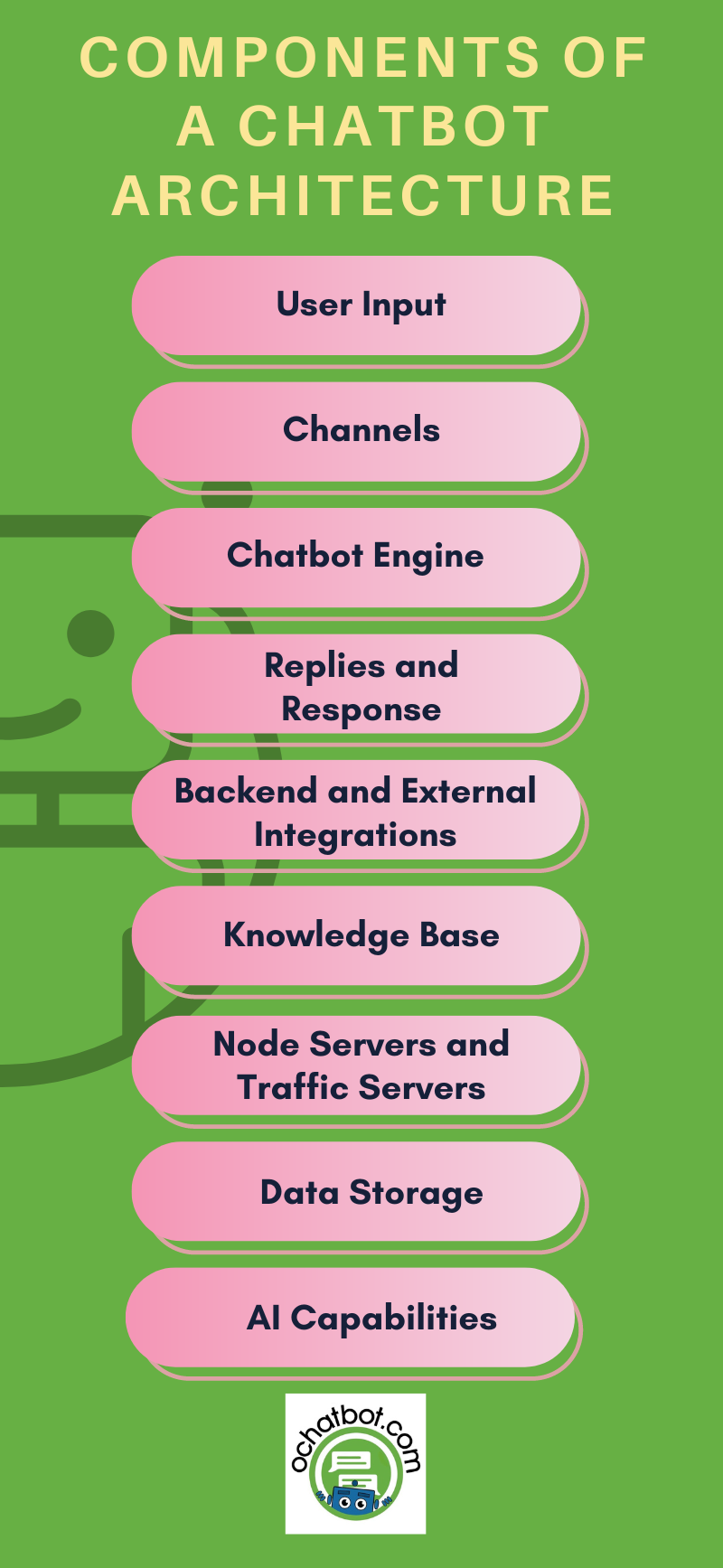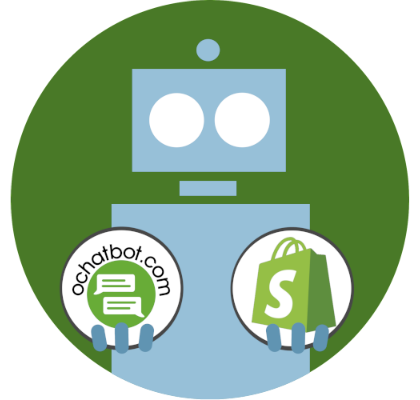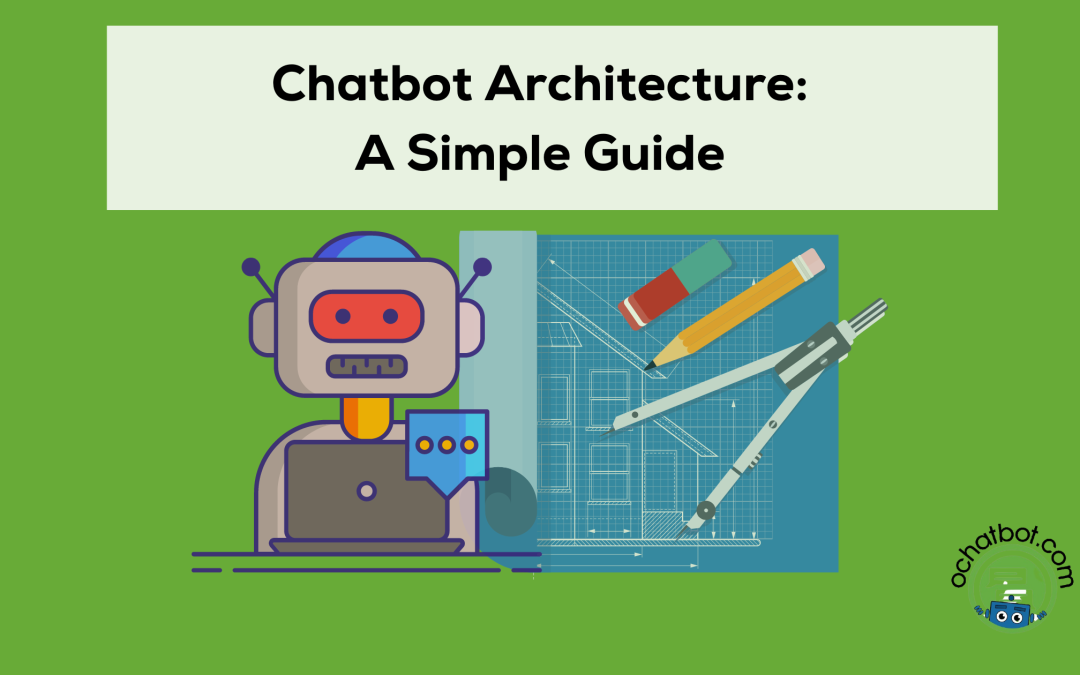Incorporating chatbots in your business provides abundant advantages, beginning with customer service and lead generation to making conversions and closing deals while enhancing your company’s brand and positive image. Over 80% of customers have reported a positive experience after interacting with them.
But what is chatbot architecture?
If you plan on including AI chatbots in your business or business strategies, as an owner or a deployer, you’d want to know how a chatbot functions and the essential components that make up a chatbot.
Having an insight into a chatbot and its components (chatbot architecture) can help you understand how it works and help you ascertain where to make the necessary modifications based on your business needs.
Delving into chatbot architecture, the concepts can often get more technical and complicated. But, don’t worry! This is a straightforward and simple guide to chatbot architecture, where you can learn about how it all works, and the essential components that make up a chatbot architecture.
What is Chatbot Architecture?

If you have interacted with a chatbot or have been using them for a while, you’d know that a chatbot is a computer program that converses with humans and answers questions in a natural way.
Concurrently, in the back end, a whole bunch of processes are being carried out by multiple components over either software or hardware.
Chatbot architecture represents the framework of the components/elements that make up a functioning chatbot and defines how they work depending on your business and customer requirements. Chatbot architecture and the information processed, thereby, can be depicted to your business in the form of maps, layouts, flowcharts, and figures for better understanding by your developers and the business units.
The architecture of a chatbot is designed, developed, handled, and maintained predominantly by a developer or technical team.
Components of a Chatbot Architecture

Depending on the purpose of use, client specifications, and user conditions, a chatbot’s architecture can be modified to fit the business requirements. It can also vary depending on the communication, chatbot type, and domain.
And, no matter the complexity of the chatbot, the basic underlying architecture of it remains the same.
User Input

The user input part of a chatbot architecture receives the first communication from the user. This determines the different ways a chatbot can perceive and understand the user intent and the ways it can provide an answer. This part of architecture encompasses the user interface, different ways users communicate with the chatbot, how they communicate, and the channels used to communicate.
The user input can be in the form of text or voice. The output from the chatbot can also be vice-versa, and with different inputs, the chatbot architecture also varies. Additionally, the dialog manager keeps track of and ensures the proper flow of communication between the user and the chatbot.
Channels
The conversations between chatbots and humans happen through channels. Channels are regarded as pathways or mediums for communication. Chatbot communication can be single-channeled(communication with the chatbot through only one channel) or multi-channel(consolidated communication with the chatbot through two or more channels) depending on the complexity and functionality of it.
Some types of channels include the chat window on the website or integrations like Whatsapp, Facebook Messenger, Telegram, Skype, Hangouts, Microsoft Teams, SalesForce, etc.
The Chatbot Engine

A chatbot’s engine forms the heart of functionalities in a chatbot, comprising multiple components. The engine can be simple and less complex in the case of rule-based chatbots, whereas advanced versions of chatbots have engines powered by Artificial Intelligence and Machine Learning techniques like Natural Language Processing (NLP) and Natural Language Understanding(NLU).
These engines are the prime component that can interpret the user’s text inputs and convert them into machine code that the computer can understand. This helps the chatbot understand the user’s intent to provide a response accordingly.
After the engine receives the query, it then splits the text into intents, and from this classification, they are further extracted to form entities. By identifying the relevant entities and the user intent from the input text, chatbots can find what the user is asking for.

True AI to engage customers for eCommerce, business leads, and customer support.
Create happy customers while growing your business!
-
5% to 35% Increase in AOV*
-
20% to 40% Increase in Revenue*
-
25% to 45% Reduction in Tickets with a Customer Service Chatbot
We Guarantee Results... Or Work For Free!
Replies and Response
Once the user proposes a query, the chatbot provides an answer relevant to the questions by understanding the context. This is possible with the help of the NLU engine and algorithm which helps the chatbot ascertain what the user is asking for, by classifying the intents and entities.
The chatbot then fetches the data from the repository or database that contains the relevant answer to the user query and delivers it via the corresponding channel. Once the right answer is fetched, the “message generator” component conversationally generates the message and responds to the user.
For more satisfactory replies and responses, AI chatbots can also be subjected to manual training (with data sets fed as input by the developers) or automated training (chatbots that can learn from previous interactions on their own), in addition to the data in the database.
Backend and External Integrations
Chatbots receive the intent from the user and deliver answers from the constantly updated database. However, in some cases, chatbots are reliant on other-party services or systems to retrieve such information. This is an important part of the architecture where most of the processes related to data happen. They are basically, one program that shares data with other programs via applications or APIs.
These integrations help the chatbot access all other types of data relating to the website metrics and even with numerous and varied applications such as bookings, tickets, weather, time, and other data.
External integrations can be in the form of API or even plugins. When accessing a third-party software or application it is important to understand and define the personality of the chatbot, its functionalities, and the current conversation flow.
Proper use of integration greatly elevates the user experience and efficiency without adding to the complexity of the chatbot.
Knowledge Base
The knowledge base is an important element of a chatbot which contains a repository of information relating to your product, service, or website that the user might ask for. As the backend integrations fetch data from a third-party application, the knowledge base is inherent to the chatbot.
These knowledge bases differ based on the business operations and the user needs. They can include frequently asked questions, additional information relating to the product and its description, and can even include videos and images to assist the user for better clarity.
Node Servers and Traffic Servers

Node servers are multi-component architectures that receive the incoming traffic (requests from the user) from different channels and direct them to relevant components in the chatbot architecture.
Traffic servers are also similar to node servers. Traffic servers handle and process the input traffic one after the other onto internal components like the NLU engines or databases to process and retrieve the relevant information. These traffic servers are responsible for acquiring the processed input from the engine and channelizing them back to the user to get their queries solved.
Data Storage

An AI chatbot is constantly learning, and all this data and information needs to be stored in a place, and data storage is the component where the conversational logs, data relating to products, and customer queries are stored. This data can be stored in an SQL database or on a cloud server, depending on the complexity of the chatbot.
When the chatbot is trained in real-time, the data space for data storage also needs to be expanded for better functionality. This data can further be used for customer service processes, to train the chatbot, and to test, refine and iterate it.
AI Capabilities
This might be optional but can turn out to be an effective component that enhances functionality and efficiency. AI capabilities can be used to equip a chatbot with a personality to connect with the users and can provide customized and personalized responses, ultimately leading to better results.
Artificially Intelligent chatbots can learn through developer inputs or interactions with the user and can be iterated and trained over time.
Read More:
Top 14 AI Chatbot Use Cases for Your eCommerce Store
Chatbot CRM: 7 Reasons Why Chatbots are Important in Customer Relationship Management
All You Need to Know About eCommerce AI Chatbots
Frequently Asked Questions
What is the use of chatbot architecture?
Chatbot architecture is the element required for successful deployment and communication flow. This layout helps the developer grow a chatbot depending on the use cases, business requirements, and customer needs.
Why should I understand chatbot architecture?
Some major components of a chatbot architecture include the chatbot engine, the user input and chatbot output mechanisms, the channels of communication, backend and external integrations, and its AI features. Knowing chatbot architecture helps you best understand how to use this venerable tool.
Is the chatbot architecture for text chatbots and voice bots the same?
Text chatbots can easily infer the user queries by analyzing the text and then processing it, whereas, in a voice chatbot, what the user speaks must be ascertained and then processed. They predominantly vary how they process the inputs given, in addition to the text processing, and output delivery components and also in the channels of communication.
Choosing the Right Chatbot Architecture
The chatbot architecture varies depending on the type of chatbot, its complexity, the domain, and its use cases.
Having an understanding of the chatbot’s architecture will help you develop an effective chatbot adhering to the business requirements, meet the customer expectations and solve their queries. Thereby, making the designing and planning of your chatbot’s architecture crucial for your business.
- The Rise of Intelligent Websites - February 19, 2025
- Top Trending Products to Boost Your Shopify Store in 2024 - September 4, 2024
- AI Terms Glossary: Key AI Concepts You Should Know - August 22, 2024


